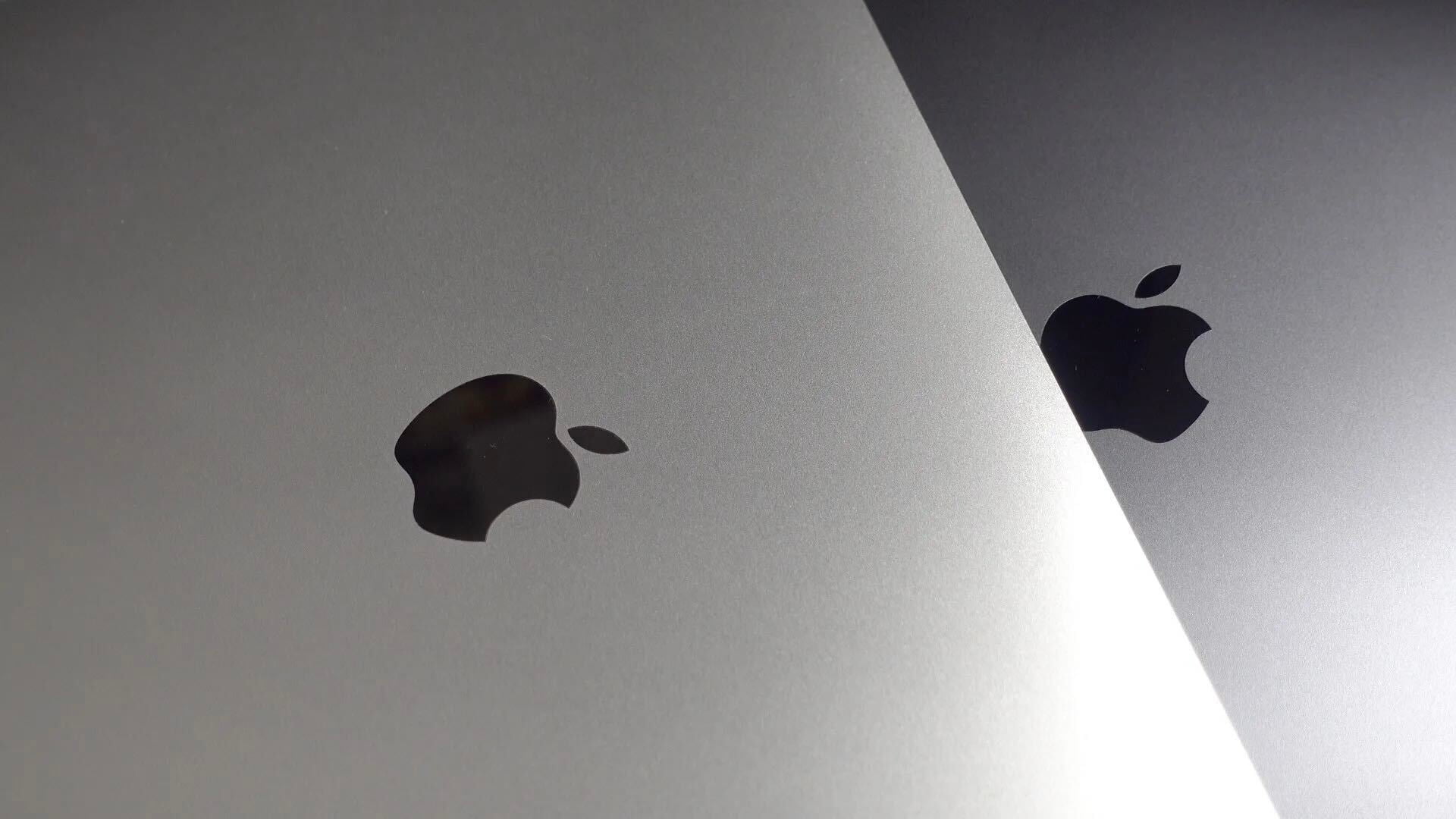

Apple is already facing one class action lawsuit alleging that customers were unknowingly using up substantial amounts of mobile data, and it now faces a second.
The issue at stake in this new suit is that the iPhone 5/5s could silently switch from Wi-Fi to LTE under some circumstances, resulting in mobile data usage even when the phone was on Wi-Fi. This was fixed for Verizon users back in September 2012, but law firm Hagens Berman Sobol Shapiro LLP claims that Apple didn’t fix it for AT&T users until more than two years later.
According to the complaint, filed in the U.S. District Court for the Northern District of California in San Jose, Apple knew about the defect “almost immediately,” yet failed to fix it for AT&T wireless subscribers for years, and did not even disclose the defect. The defect affected all versions of iOS 6 and 7 and was only resolved with the release of iOS 8.1 in October 2014.
The firm said that the problem occurred when streaming video, when the phone was working so intensively it shut down other functions to cope, causing it to switch off Wi-Fi. (Swift here refers to the name of the CPU on the A6/A7 chip rather than the programming language.)
In the iPhone 5 and 5S, when a consumer streamed high volumes of data for a period even as short as a couple of minutes, the graphics processing unit (GPU) would take over all video decompression, decoding and presentation to the display. Because the Swift central processing unit (CPU) no longer played a role in the video decompression, decoding and presentation process, the Swift CPU would go to sleep to conserve battery life. Once the Swift CPU was asleep, the iPhone 5 and 5S would automatically switch from streaming data via a Wi-Fi signal to streaming data via a cellular signal.
Hagens Berman Sobol Shapiro LLP said that because Apple was allegedly aware of the defect but failed to either fix it or warn customers, the company violated California consumer laws, “including the Unfair Competition Law, the Consumers Legal Remedies Act and the False Advertising Law.”
Anyone wanting to join the class action suit can do so via the firm’s website.
Photo: AnandTech
FTC: We use income earning auto affiliate links. More.





In years past a story like this would have been fodder for tech websites and trolls. Class actions have become so routine that no one pays any attention to them. Lawyers pretending to be lamprey fish sucking the blood out of the host. The aggrieved customers will get their token $5 coupon as usual.
Yea, it’s not like actual damages will be that high.
Seems to me that AT&T should also have some culpability in this situation. Who benefited from all those “Data Overage” charges – certainly not Apple. Almost sounds like AT&T could have told Apple, “No rush — we’ll fix it in the next version.”
YMMV!
For ages, there has been a worse bug on Android, lots of people complaining and “starring” the problem on Google Android’s bug tracker.
Say you were at home with Wifi, you leave your home, Wifi disconnect, LTE connects, fine, but when you go back home, Wifi doesn’t reconnect.
Did anybody sue Google or any Android OEM?
That’s right… Apple has money…
“The defect affected all versions of iOS 6 and 7 and was only resolved with the release of iOS 8.1 in October 2014.”
So why did you wait until now to lay the complaint rather than complaining 2-3 years ago when the problem arose? it really took you 3 years to finally go to court? Why wait 2-3 years when they complaint should have occurred the first time you experienced bill shock?
They also screwed up WIFI Assist on the 6 and 6S. My phone used almost 10gb of LTE data while I was driving and when I am at home with WIFI signal.
within a 3 hour period.
As a company, Apple seems to be blissfully unaware that bandwidth is the most valuable commodity of any smartphone or computer user. They have all kinds of tools to monitor and control power usage but no tools to track down which device on a network is using up the bandwidth. I presume that this is because all the programmers are sitting in Silicon Valley with gigabit fiber connections to the internet or have unlimited cellular data plans. Apple even removed the SNMP feature from their own routers that let users track and manage their home network bandwidth. It is not surprising that switching from WiFi to Cellular without warning seems like a great idea to them (this is the second time they have tried it). Most of their developer tools bug out when used on a slow (5mbps) connection so I can tell that they never test this configuration.